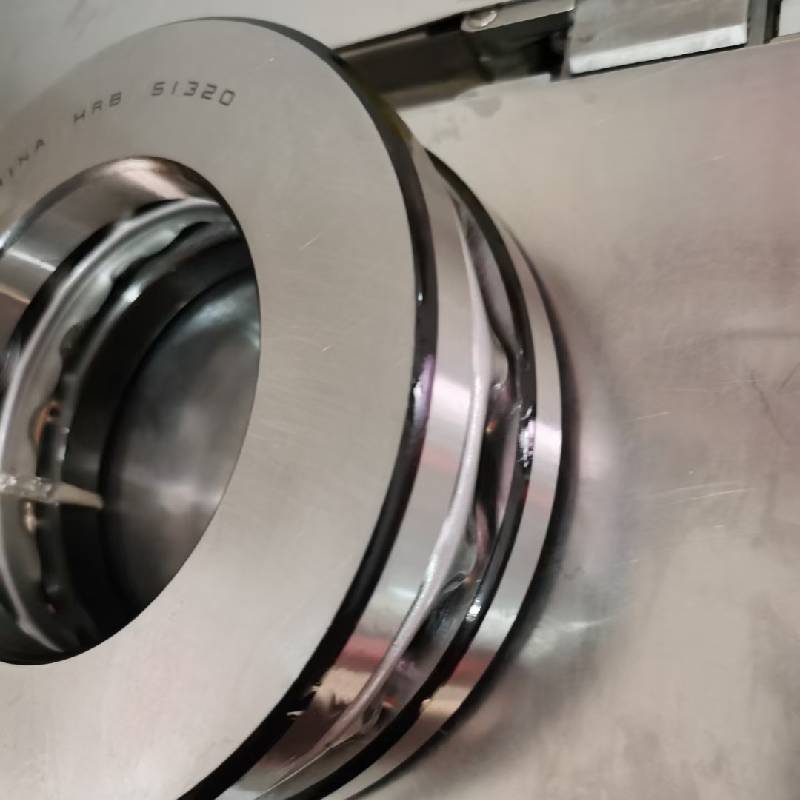
Nov . 12, 2024 17:50 Back to list
machinery bearings lubricants
The Importance of Lubricants in Machinery Bearings
Machinery bearings are critical components in various industrial applications, playing a vital role in supporting rotating or moving parts. The efficiency, lifespan, and overall performance of these bearings significantly depend on the lubricants used. Proper lubrication reduces friction and wear, minimizes energy consumption, and ensures reliable operation of machinery. This article explores the role of lubricants in machinery bearings, the types of lubricants available, and best practices for their application.
The Role of Lubricants
Lubricants serve several essential functions in machinery bearings. Firstly, they create a thin film that separates the bearing surfaces, reducing direct contact and minimizing friction. Lower friction leads to less heat generation, which in turn helps maintain optimal operating temperatures and extends the lifespan of the bearing. Additionally, lubricants can aid in the removal of debris and contaminants from the bearing surfaces, further enhancing their performance.
Another crucial function of lubricants is corrosion prevention. Bearings are often exposed to various environmental conditions, including moisture and chemicals, that can lead to rust and other forms of degradation. Quality lubricants incorporate additives that provide protection against corrosion, ensuring that bearings operate smoothly over time.
Types of Lubricants
Lubricants for machinery bearings can be classified into three primary categories oils, greases, and solid lubricants
.1. Oils These are typically used in high-speed applications. Oil-based lubricants can be either mineral or synthetic. Mineral oils are derived from refining crude oil, while synthetic oils are chemically engineered to provide superior properties such as better thermal stability and lower volatility.
2. Greases Greases are a mixture of oil and a thickener, providing the advantages of both oils and the ability to stay in place longer. They are particularly useful in applications where lubrication points are hard to reach or maintenance intervals are extended. Greases can be formulated with various additives to enhance performance, such as extreme pressure (EP) additives that protect against wear during heavy loads.
machinery bearings lubricants

3. Solid lubricants These include materials such as graphite and molybdenum disulfide. Solid lubricants are often used in extreme conditions where traditional oils or greases may break down or fail. They can operate in a wide range of temperatures and under high loads, proving beneficial in specific applications.
Best Practices for Lubrication
To maximize the performance of bearings, certain best practices should be followed
1. Choosing the right lubricant Selection should be based on the operating conditions of the machinery, such as speed, temperature, load, and environmental factors. Consult manufacturers’ specifications and technical data sheets to ensure compatibility and performance.
2. Regular maintenance Establish a routine maintenance schedule to check and replace lubricants as necessary. Regular monitoring helps detect signs of contamination or degradation, allowing for timely intervention.
3. Proper application Ensure that lubricants are applied in the right amounts. Over-lubrication can lead to increased heat and can actually attract more contaminants, while under-lubrication may result in insufficient protection against wear and tear.
4. Contamination control Contaminants can significantly reduce lubricant performance. Use filtration systems and seals to prevent dirt, moisture, and other harmful substances from entering the lubrication system.
Conclusion
In summary, the lubrication of machinery bearings is a crucial aspect of maintaining the efficiency and longevity of equipment. Selecting the appropriate lubricants, following best practices for application and maintenance, and understanding the specific needs of each bearing will contribute to optimal machinery performance. As technology advances, the development of new lubricant formulations will further enhance the reliability and efficiency of machinery bearings, paving the way for improved industrial productivity.
Latest news
-
Grooved Ball Bearing Design and Functionality
NewsJun.04,2025
-
Concrete Mixer Bearing Load Capacity Testing
NewsJun.04,2025
-
6004 Bearing Dimensions in Robotic Joint Designs
NewsJun.04,2025
-
Advantages of Single-Row Deep Groove Ball Bearings
NewsJun.04,2025
-
Applications of Deep Groove Ball Bearings in Automotive Systems
NewsJun.04,2025
-
Innovations in Bearing Pressing Machine Design
NewsJun.04,2025
